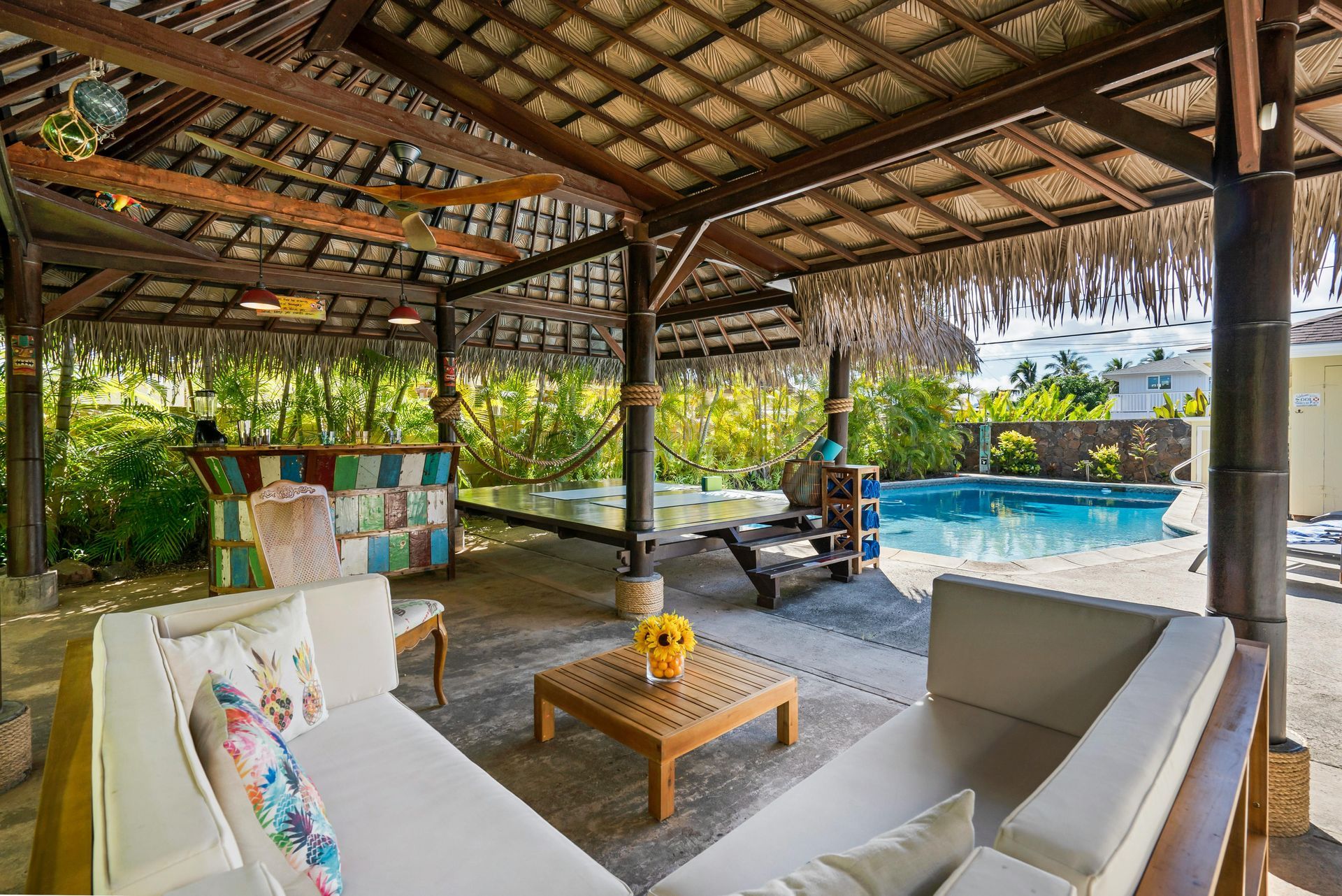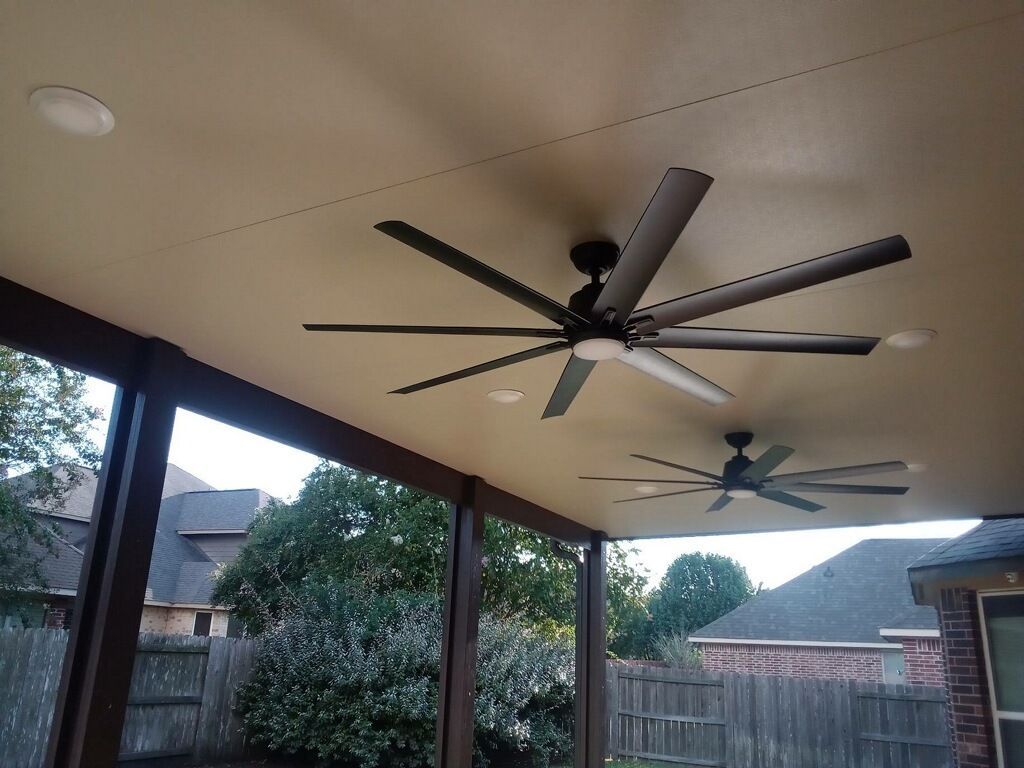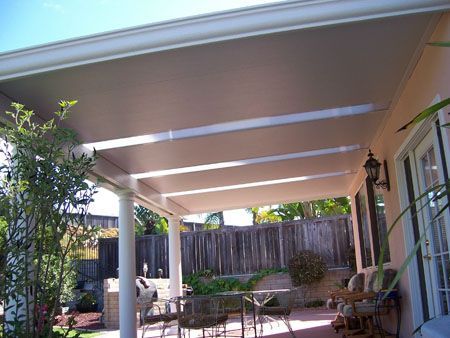Post Cracks
Designing a patio can be an exciting project, but it also comes with its share of challenges. A well-designed covered patio can be a beautiful and functional outdoor space, perfect for entertaining guests or relaxing with family. However, if not planned properly, it can lead to a range of issues that can be costly and time-consuming to fix. In this article, we’ll discuss the common patio design mistakes to avoid to ensure your outdoor space is both beautiful and functional.
Poor Planning and Design
One of the most significant mistakes homeowners make is not planning their patio design thoroughly. Without a clear plan, you might end up with a space that doesn’t meet your needs or complements your home.
Ignoring the Purpose
Before you start designing your patio or pergola project in Houston, think about how you plan to use the space. Will it be for entertaining guests, dining, or simply relaxing? The purpose of your patio will dictate the size, layout, and features you need to include. Ignoring this step can lead to a patio that doesn’t serve your intended purpose.
Not Considering the Flow
The flow between your indoor and outdoor spaces is crucial. Make sure your patio design allows for easy movement between your home and the patio. For instance, if your patio is for dining, it should be close to your kitchen for convenience. Ignoring the flow can make your patio less functional and enjoyable.
Incorrect Sizing
Another common mistake is not getting the size of the patio right. A patio cover in Houston or Katy that is too small can feel cramped, while one that is too large can be overwhelming and out of place.
Too Small
If your patio is too small, it won’t be able to accommodate all the furniture and features you want. This can make the space feel cramped and uncomfortable. Make sure to measure the area accurately and consider the size of your furniture and other elements when planning the size of your patio.
Too Large
On the other hand, a patio that is too large can feel empty and out of proportion with the rest of your yard. It can also be more expensive to build and maintain. Aim for a size that is proportional to your yard and meets your needs without going overboard.
Choosing the Wrong Materials
The materials you choose for your patio can significantly impact its appearance, functionality, and durability. Choosing the wrong materials is a common mistake that can lead to a range of issues.
Not Considering the Climate
Different materials react differently to various weather conditions. For example, wood may not be the best choice in areas with high humidity, as it can warp and rot over time - this is especially true when building a new screen enclosure. Similarly, certain stones can become slippery when wet, posing a safety hazard. Make sure to choose materials that are suitable for your local climate.
Ignoring Maintenance
Some materials require more maintenance than others. For instance, natural stone and wood need regular sealing to maintain their appearance and durability. If you’re not prepared for the upkeep, you might end up with a patio that looks worn out quickly. Choose materials that fit your maintenance preferences and budget.
Overlooking Drainage
Proper drainage is essential for any outdoor space. Without it, water can pool on your patio, leading to damage and a slippery surface.
Poor Slope
Your patio should have a slight slope away from your home to ensure water drains properly. A flat or improperly sloped patio can cause water to pool, leading to damage and safety hazards. Make sure to include proper drainage in your design plan.
Lack of Drainage Solutions
In addition to a proper slope, consider installing drainage solutions like French drains or permeable pavers. These can help manage water runoff and prevent pooling on your patio.
Skimping on Lighting
Lighting is often an afterthought in patio design, but it’s crucial for creating a functional and inviting space.
Insufficient Lighting
Without adequate lighting, your patio can become unusable after dark. Make sure to include a mix of ambient, task, and accent lighting to create a well-lit space. This can include string lights, lanterns, and built-in fixtures.
Ignoring Safety
Lighting also plays a crucial role in safety. Make sure to light pathways, steps, and any other potential hazards to prevent accidents. Solar-powered lights can be an eco-friendly and cost-effective option.
Ignoring Local Regulations
Before you start building your patio, make sure to check local building codes and regulations. Ignoring these can lead to fines and having to redo your work.
Building Permits
Some areas require building permits for patios, especially if they are large or involve significant construction. Make sure to check with your local authorities to find out what permits you need.
Property Lines
Make sure your patio is within your property lines and doesn’t encroach on your neighbor’s property. This can prevent disputes and ensure your patio is compliant with local regulations.
Conclusion
Designing a patio can be a rewarding project, but it’s essential to avoid common mistakes that can lead to issues down the line. By planning thoroughly, choosing the right materials, and considering factors like drainage and lighting, you can create a beautiful and functional outdoor space that enhances your home and lifestyle.
Lone Star Patio Builders can help you avoid these costly mistakes.
You might also like



Ready to start your project?
We proudly serve the Greater Houston area, including Cypress, Conroe, League City, Sugar Land, and Katy. No matter where you are, Lone Star Patio Builders is ready to transform your outdoor space. Our team is familiar with local building codes and regulations, ensuring a smooth and hassle-free construction process.
Location
By appointment only
3724 Cypress Creek Pkwy
Houston, Texas 77068
All Rights Reserved | Lone Star Patio Builders | Privacy
